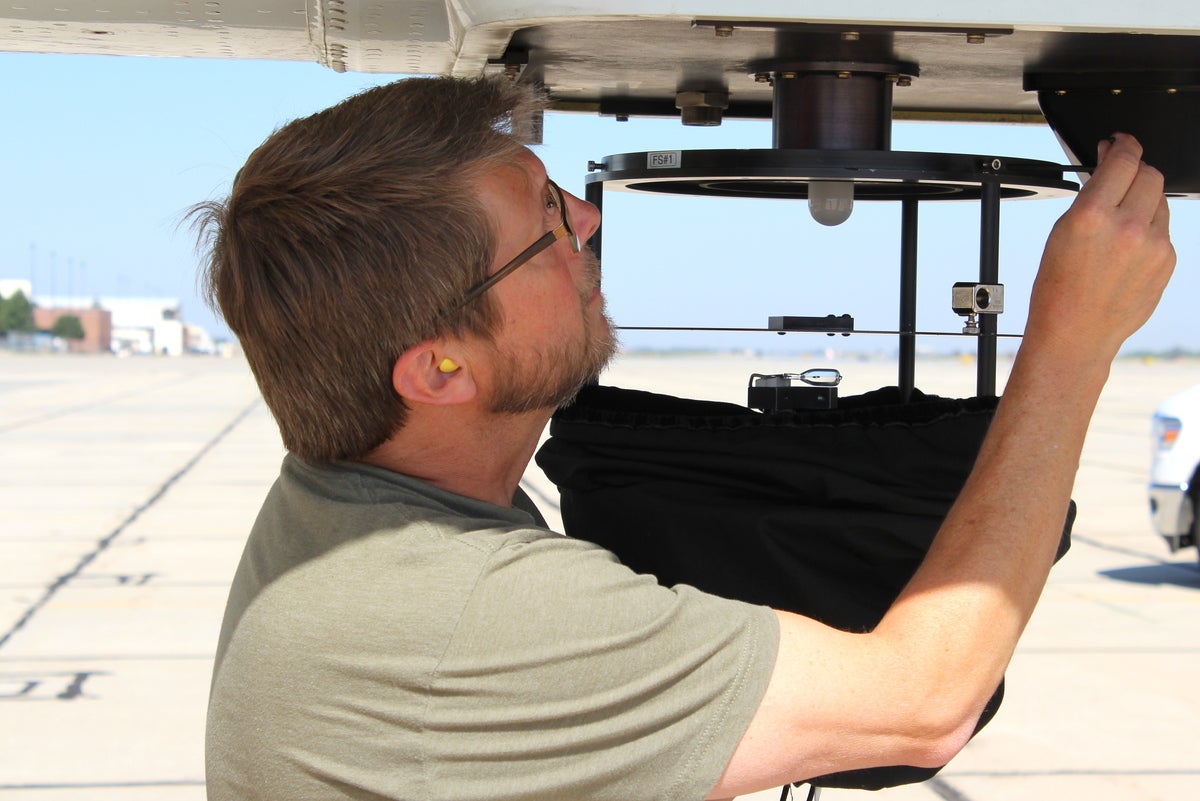Atmospheric Radiation Investigations and Measurements (ARIM)
The ‘photo’ in ‘photochemistry’
The ARIM group focuses on measurements of ultraviolet and visible solar radiation as a driver of atmospheric chemistry. Sunlight provides the energy to break molecular bonds with a rate known as the photolysis frequency, or j-value. This photodissociation decomposes larger molecules affecting aerosol concentrations and generating highly-reactive radicals that impact on air quality, environment and the UV-index. These include:
- Ozone production in the UV-blocking ozone layer (good!) and at the surface where it is destructive to crops, cars and lung tissue (bad!).
- Ozone destruction
- Interactions and evolution of biological, anthropogenic and geological emissions (e.g. volatile organic compounds) including the formation and eventual removal of photochemical smog.
- and subsequent production of oxidizing species that can also cleanse the atmosphere of larger molecules.
- Evolution of biomass burning smoke plumes from wildfires, including the effects on downstream air quality and environment.
Actinic flux is a specialized measurement to detect light equally from all directions. This is the light available to molecules in the atmosphere and captures the direct beam of the sun and light scattered by molecules, clouds and particles in the atmosphere and the Earth’s surface. These measurements are then combined with laboratory determinations of light absorption and dissociation probabilities (cross-sections and quantum yields) to determine the photolysis rates for important atmospheric constituents.

Figure 1. Sam Hall calibrating the CAFS instrument underneath the NASA DC-8 aircraft in Boise during FIREX-AQ, 2019 (photo credit: Rebecca Hornbrook, NSF NCAR/ACOM)
Figure 2. Kirk Ullmann installing actinic flux instruments on the Manitou Experimental Forest Observatory tower during BEACHON-ROCS, 2010.

Figure 3. Key atmospheric photolysis reactions.
